Tamron 28-300 3.5-6.3 XR Di VC LD
v
Canon 24-105 f4 L and other Canon "L" and Prime Lenses
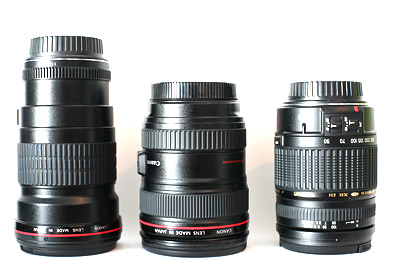
Part 2 - Summary of Optical Tests
A lot is written by equipment snobs about how useless all superzooms (and even all zooms, if you believe some people) are. You will find much "evidence" on the internet that all "third party" lenses are unsharp rubbish and that in particular nothing with a focal range as wide as 28-300 could possibly produce results any better than a cameraphone. Having used an early Tamron 28-200 on a Minolta film camera as my main travel kit for a number of years I knew better than to believe that. By knowing the lens' limitations I was always able to get decent results. I don't mind being looked down on by equipment snobs, and I can even live with the fact that the spell checker wants to replace every reference to "Tamron" with "Tampon". I was therefore open-mindedly expecting the new Tamron lens to deliver respectable performance. Stopped down a bit, I expected it would bear comparison to Canon "L" series lenses and primes. I also expected the "VC" function to be broadly equivalent to the Canon "IS" function. For family events where having a single stabilised lens which covers a broad zoom range is more important than maximum aperture or ultimate sharpness, I was expecting the Tamron lens to be a real blessing. The whole purpose of this review was supposed to be to expose a hidden, underrated, gem.
The good...
In fact, optically, the Tamron was in a number of respects even better than my (reasonably high) expectations. In particular:
-
light fall-off at 28mm and f3.5 was actually better than at 28mm and f4 with the 24-105L;
-
centre sharpness at 28mm and f4 was identical to the 24-105L at the same aperture;
-
the VC function appeared to work more effectively than the Canon IS and enabled better images to be obtained in low light than the unstabilised 200mm f2.8L and 50mm f1.4 primes. At both 50mm and 200mm I was (at best) able to get acceptable shots at shutter speeds 6 stops slower than the 1/focal length rule of thumb.
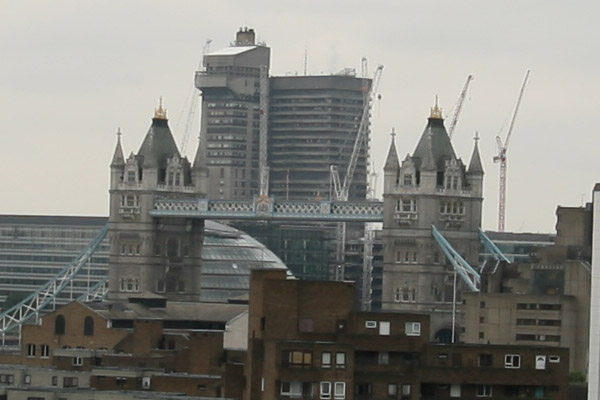
Spot the difference - Below Canon 24-105L at 28mm f4.
Above Tamron 28-300 VC at 28mm f4, both 100% "actual pixels" crops
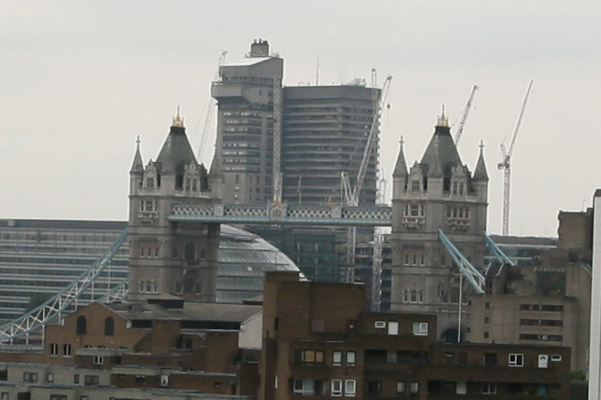
The marvels of VC on Tamron 28-300VC - Below left 208mm f5.6, 0.3 seconds
Below right 50mm f5.6, 1 second! Both 100% "actual pixels" crops
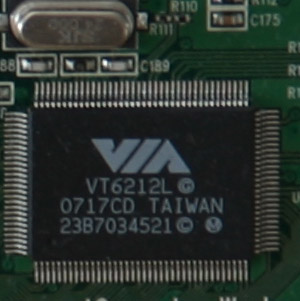
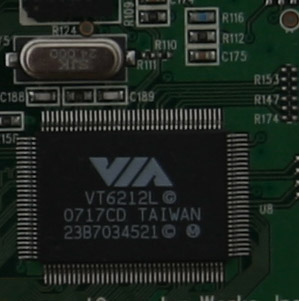
The bad...
Of course you can't win them all and assuming you were able to find a working copy of this lens that was compatible with your camera, you would also have to suffer some downsides:
- edge sharpness when stopped down never reaches the same quality as the 24-105L, in fact at 28mm the Tamron was at its best at f16, but was still worse than the 24-105L wide open at f4;
- all shots were inexplicably slightly underexposed, it seems the specifications are optimistic (required exposure compensation of +0.5 stops to achieve equivalent exposure to Canon L lens)
- very significant chromatic aberration, in particular at long focal lengths
- reduced contrast compared with "L" lenses
- significant distortion
- slow, noisy focusing (and actually defective at infinity - see part 1) - no USM
- no full-time manual focus (need to operate a switch to get manual focus)
- cheap plastic feel in particular to manual focus compared with L lenses
- zoom action reversed compared with Canon lenses
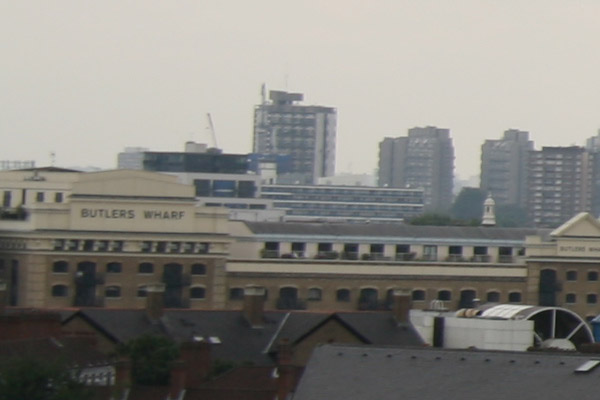
At the edge of the frame the Canon 24-105L is better wide open at f4 (below)
than the Tamron 28-300VC stopped down to f8 (above)
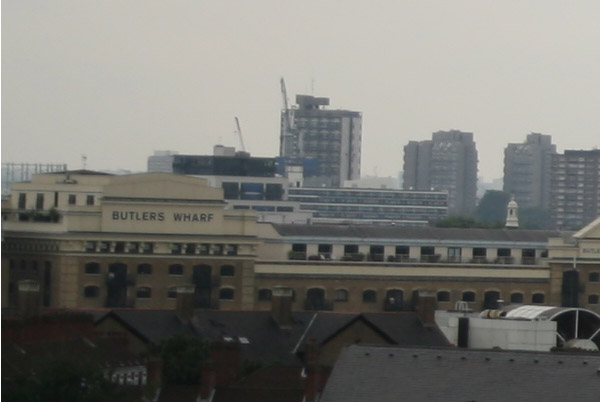
Serious chromatic aberration sets in at 300mm and sharpness is poor:
Tamron 28-300 VC at 300mm f6.3 (below)
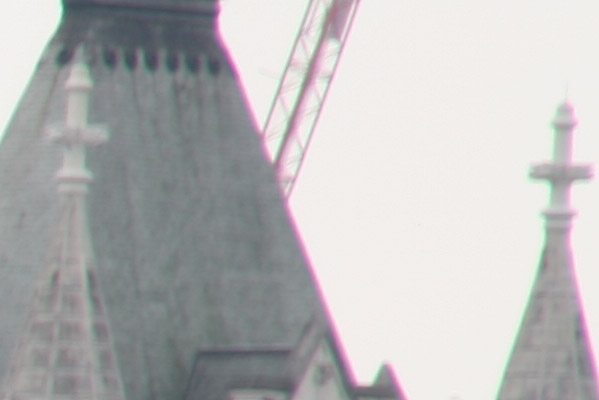
And the reality
I did a series of "lab" tests, comparing the Tamron 28-300 with the Canon 24-105 f4L, Canon EF 24-105 f3.5-4.5, Canon 200mm f2.8L and Canon 50mm f1.4 prime in order to reach the summary conclusions above. I also shot a friend's kids' christening. All seemed well and in the real-life situation of the christening I got good results which I wouldn't have got with the 24-105L (because a lot of the better photos were at focal lengths greater than 105mm). It wasn't until I went for a walk around London taking some architectural shots that I realised the focussing problem. I imagine a lot of people would have been happy with this lens despite what I would classify as a serious defect. Without the focussing problem I would definitely have kept the lens as a valuable addition to my kit, although I would have had my fingers crossed each time I replaced my camera body.
Philip Harle, 30 November 2008